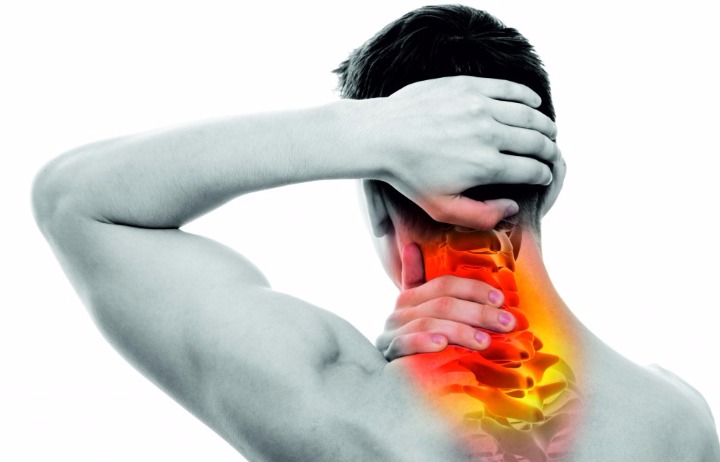Two patients this week came in with acute low back pain that was referring to the back of the leg and down the back of the knee to their toes. The pain was intense and they could barely manage to walk in and could hardly sit down. Once they were there, getting back out the chair was even harder. They had tried to stretch, apply hot and cold packs and had taken a lot of pain killers to try to ease the pain.
One of the most common concerns our patients come in with and tell us they have is a “pinched nerve”. Whilst the term “pinched nerve” is commonly used, it is not a totally accurate description of what has happened. This sort of presentation happens too often in practice and I wanted to take the time to discuss what this actually is and what we can do as chiropractors to treat it.
Although the above presentation is severe, it happens way more than you think. Typically, patients who present like this usually describe an episode or incident where they picked up something, twisted or bent over, and shortly after experience intense pain and/or a painful sensation that feels like pins and needles or sharp shooting pain that travels down the leg or arm. It can be very alarming and scary as it leaves people feeling quite debilitated.
You see, our spine plays a very important role, not only does it allows us to move, but it acts like a suit of armour protecting our delicate nervous system. Nerves branch off the spinal cord through the spine to all our organs and tissues. The condition commonly referred to as a pinched nerve is usually used to describe some sort of irritation to the nerve root as it exits from the spinal cord between our vertebrae. This irritation can come in the form of inflammation, or direct pressure to the nerve as it exits the spine.
So how does a nerve get irritated? Well, our vertebrae that stack up on top of each other forming our spinal column can be jarred out of their normal alignment. That is called “vertebral subluxation or simply subluxation”. If left alone, and not corrected, a subluxation can cause the spongy disc to dehydrate over time. This causes the space between the joints to narrow and either sprain the joint where they meet, or cause the disc to dehydrate enough to push out and either directly touch the nerves or create enough inflammation to irritate the nerves. This irritation to the nerves can mean that pain signals travel down the length of the vertebrae to the legs or arms. It can also affect muscle strength, reduce sensation, create a feeling of numbness or just hurt like hell!
If that is the case, usually the most effective treatment is to restore correct motion to that level and remove the subluxation. The chiropractic treatment for this is called the spinal adjustment. The adjustment is a gentle, highly effective correction delivered skillfully to the vertebrae or segment that has been jarred out of its normal alignment. Once this happens, normal motion slowly follows and healing can begin. Typically, an acute injury can be resolved fairly quickly and easily. Our aim is to remove the problem at the source.
Our two patients were put through a range of tests and we looked over their spinal xrays. After they received their first adjustment, they were able to move better with less pain. Spinal health and it is our job as chiropractors to assess and examine how the spine is working and remove any subluxations, that if left untreated can cause greater issues.

